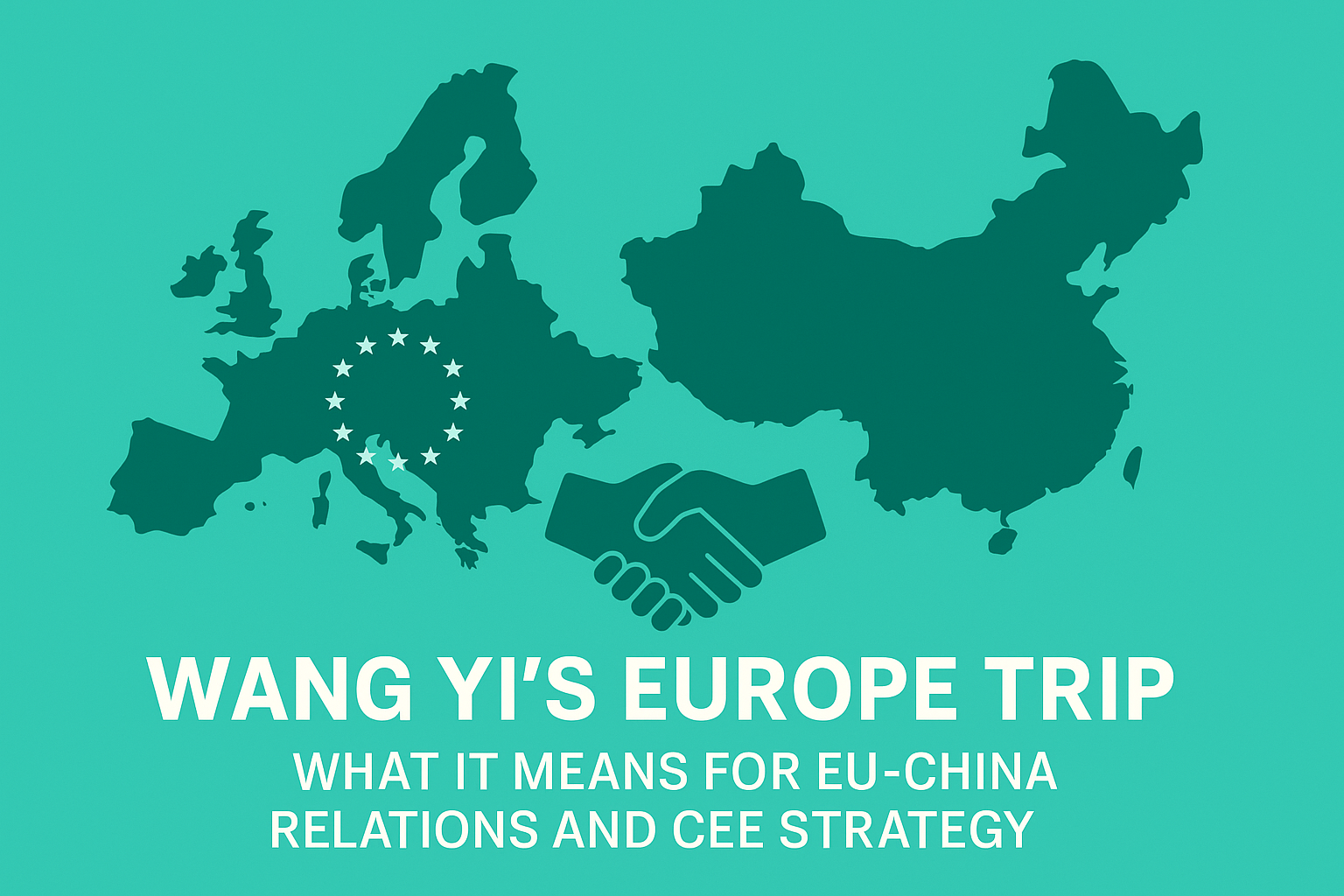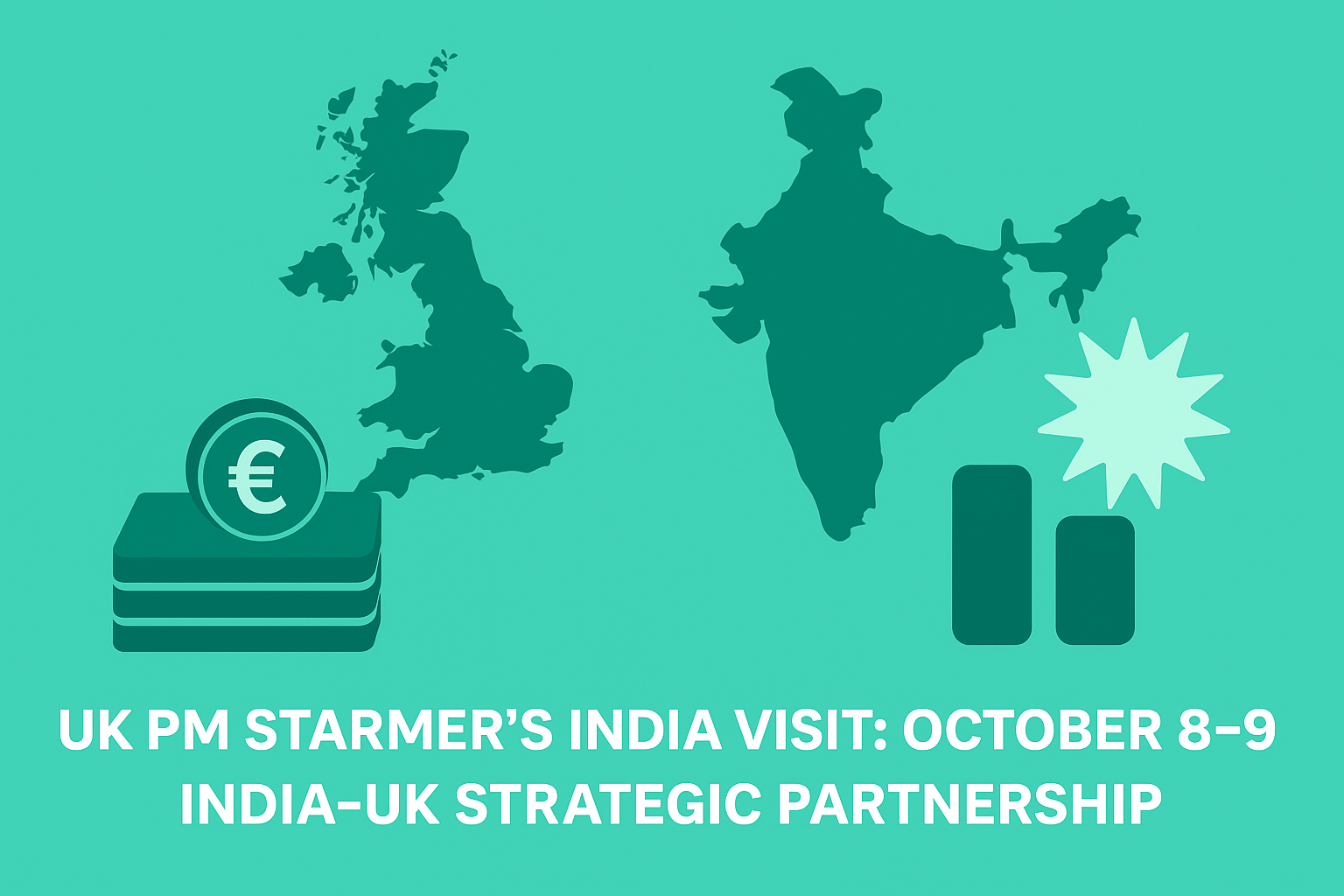Wrote By:Global Economist 2025/10
Executive Summary
Chinese Foreign Minister Wang Yi is scheduled to visit Italy and Switzerland between October 7–12, 2025, attending the 12th China–Italy Joint Government Committee and the 4th China–Switzerland Foreign Ministers’ Strategic Dialogue.
This trip reflects Beijing’s intent to re-engage Europe through pragmatic, bilateral diplomacy, at a time when the EU as a bloc is pursuing “de-risking” from China.
By engaging both a G7/EU core country (Italy) and a neutral financial hub (Switzerland), Beijing seeks to preserve economic access to the European market and to counterbalance EU-level policy tightening on trade, technology, and investment.
Insight: China is leveraging the “dual-track” reality of Europe — a unified EU policy framework vs. diverse national economic interests — to pursue country-specific cooperation in trade, finance, and industrial projects. This approach risks fragmenting the EU’s collective negotiating leverage on China.
1. Overview of the Visit
- The Chinese Ministry of Foreign Affairs confirmed Wang Yi’s official visits to Italy and Switzerland.
- In Italy: 12th Joint Government Committee (focus on industrial cooperation, infrastructure, and innovation).
- In Switzerland: 4th Foreign Ministers’ Strategic Dialogue (focus on finance, diplomacy, and global governance).
- The visit follows a recent Italian government trip to Beijing, where both sides discussed a three-year cooperation plan.
- Italy remains formally aligned with EU de-risking and EV tariffs on China, yet continues to prioritize practical engagement in key industrial sectors.
- Switzerland, as a non-EU financial hub, remains a crucial intermediary in capital, currency, and service flows between China and Europe.
2. China’s Strategic Objectives
(1) Exploiting EU–Member State Asymmetry
The EU pursues bloc-level de-risking, yet individual countries still depend on Chinese trade and investment.
- Italy: automotive, infrastructure, and tourism.
- Switzerland: banking, wealth management, and pharmaceuticals.
China tailors bilateral cooperation to each country’s economic self-interest, thereby securing progress outside Brussels’ tighter regulatory grip.
(2) Securing Financial Connectivity via Switzerland
Switzerland’s neutrality and global financial standing make it a preferred venue for deepening cooperation in:
- RMB settlement and clearing.
- Joint investment funds.
- Asset management and green finance.
Through this dialogue, Beijing seeks to establish a regulatory-safe financial corridor resilient to sanctions and EU scrutiny.
(3) Recalibrating G7 Engagement via Italy
Italy withdrew from the Belt and Road Initiative (BRI) in 2023 but remains open to pragmatic sectoral cooperation.
Beijing aims to normalize political relations and reframe engagement around mutual industrial benefit rather than ideological alignment.
3. Implications for EU–China Relations
(A) Fragmentation of Collective EU Policy
EU de-risking will proceed, but bilateral economic pragmatism will continue to dilute bloc cohesion.
Expect growth in “project-based diplomacy” — joint ventures, technology parks, and investment agreements — even amid Brussels’ regulatory tightening.
(B) Financial and Regulatory Divergence
While EU industrial policy is hardening (EV tariffs, subsidy probes), financial regulation remains uneven.
China’s engagement with Swiss financial institutions could provide a parallel funding route for Chinese and European firms navigating compliance barriers.
(C) Geopolitical Signaling
The visit allows Beijing to gauge Europe’s unity on Ukraine, sanctions enforcement, and relations with Russia.
By engaging neutral Switzerland and diplomatically flexible Italy, China tests whether humanitarian cooperation or postwar reconstruction dialogue can resume without triggering EU pushback.
4. Impact on Central and Eastern Europe (CEE) Strategy
(1) From “17+1” to “Selective Deepening”
After the 17+1 framework stagnated, Beijing shifted toward country-specific engagement — deepening ties with Hungary and Serbia while others (Lithuania, Czechia) hardened stances.
The Italy–Switzerland tour signals that China prefers practical bilateralism over symbolic regional groupings.
(2) Industrial Geography
China’s investments in EV and battery manufacturing in Hungary, Poland, and Slovakia connect CEE production with Western European consumer markets (Italy, Germany, France).
Wang Yi’s Western Europe route thus complements CEE operations — securing downstream market access and political goodwill.
(3) Regulatory Bridgebuilding
By engaging Italy and Switzerland, Beijing can shape cooperation templates that align with EU competition and subsidy rules, making CEE investments more defensible under EU oversight.
5. Risk Scenarios
| Scenario | Description | Implications |
|---|---|---|
| Trade Retaliation | EU escalates EV tariffs; China responds with countermeasures. | Project delays; supply chain volatility. |
| Tightened Secondary Sanctions | Western pressure on dual-use exports and financial links with Russia. | Increased compliance and due diligence costs. |
| US Export Control Spillover | Expanded extraterritorial enforcement. | Constraints on high-tech and defense-related cooperation. |
6. Business and Financial Implications
- Dual-Track Strategy: Align with EU-level compliance while leveraging bilateral frameworks (Italy: manufacturing & tourism; Switzerland: finance & services).
- Supply Chain Redesign: Strengthen traceability and subsidy documentation for CEE-origin components used in EU exports.
- Diversified Financing: Combine RMB-denominated instruments (Swiss channels) with EU Taxonomy-compliant green financing.
- Compliance Resilience: Introduce snapback clauses and alternative sourcing mechanisms into cross-border contracts.
7. Strategic Assessment
Wang Yi’s European tour demonstrates a deliberate “multi-vector” diplomacy:
- Reaffirm bilateral pragmatism amid EU strategic caution.
- Anchor financial access through non-EU hubs.
- Signal openness to selective cooperation in a polarized geopolitical landscape.
Bottom line: China is rebuilding its European engagement architecture through practical bilateralism — Italy as a G7 interlocutor, Switzerland as a financial gateway, and CEE as a manufacturing base.
This “three-layered European strategy” allows Beijing to retain market access and influence, even as Brussels tightens systemic risk management.


